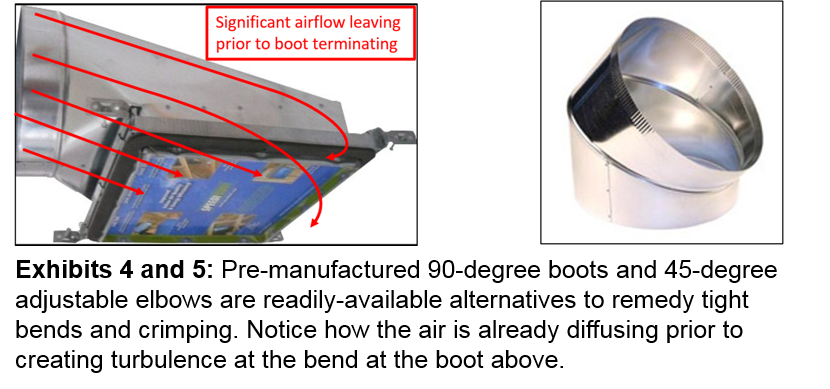Figure 2 illustrates the sheet that is bent with the bend angle of 90 degrees.
Bend sheet metal more than 90 degrees.
Cells on the right will output the desired values.
You only have to insert interior angle flange lengths k factor inside radius and material thickness.
Keep in mind that some metals are more brittle than others.
The bend allowance and bend deduction are two measures that relate the bent length of a piece of sheet metal to the flat length.
After bending the sheet we need to do some measurements as shown in figure 2.
The bend attains 90 degrees at a point in the die space that s about 20 percent the material thickness as measured from the bottom of the v die.
To achieve a 90 degree bend you must overbend the material past the desired bend angle and allow it to return to the desired shape with the springback.
From the bottom of the v die see figure 5.
We will start by calculating the bend allowance.
Therefore the bend allowance added to the flange lengths is equal to the total flat.
With this free online tool we quickly get the sheet metal bend deduction and therefore the sheet metal blank initial flat length from the finished part measurements.
90 degrees bend angle.
As an example if you want to bend 24 gauge sheet metal at a 90 angle the calculation would be.
Geometry of tooling imposes a minimum bend dimension.
Edge bending gives a good mechanical advantage when forming a bend.
0 017453 x 90 x 0 020 0 33 x 0 024 0 0438558984 inch bend allowance.
From there we can calculate the k factor and the bend deduction.
The bend allowance describes the length of the neutral axis between the bend lines or in other words the arc length of the bend.
In fact press brakes are more flexible and can bend certain parts that the folder just cannot do.
Bending a brittle metal beyond its limits could cause the metal to snap and break.
Also wiping die employed in edge bending must have a pressure pad.
However angles greater than 90 degrees will require more complex equipment capable of some horizontal force delivery.
This helps greatly with such common angles as springback is not a problem any more.
Edge bending is another very common sheet metal process and is performed with a wiping die.
However if folder radii do not work for you we can manufacture parts using our press brakes.
Figure 1 however keep in mind that this design works best for bends that have an inside bend radius that is equal to or less than 1x metal thickness.
Rotary benders can also bend sharper corners than 90 degrees.
For instance 0 062 in thick cold rolled steel will bottom once the punch nose is 0 074 to 0 078 in.

